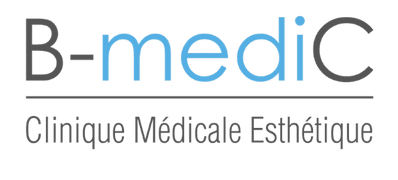There are three objectives in plastic surgery of the breast: breast augmentation, mastopexy or breast lift surgery and breast reduction.
This consists of restoring volume to the breasts. Some women have breasts that have not grown enough or have lost volume after breastfeeding. The technique consists of placing breast implants under the gland or under the muscle (the indication depends on the status). The prostheses available have a round or anatomical shape and we have a wide range of projections (small, moderate or strong). During the consultation and after specific discussion with the patient, the volume and type of prosthesis will be determined. In addition, an augmentation technique using the patient’s own fat has been widely proven and could be indicated for women who do not want a foreign body. A careful consultation must be done to decide if the patient is a good candidate for this technique.4 weeks of wearing a sports bra (without underwire) is recommended in order to properly shape the breast.
3 types of first are recognized:
– through the areola
– through the inframammary fold
– through the axillary cavity
The procedure is done under general anesthesia and sometimes the placement of drains is necessary to avoid the development of a post-operative hematoma. A pre-operative mammogram is sometimes desired.
Breast enlargement can occur in women who have heavy breasts or after childbirth and breastfeeding or after a significant weight loss such as after a bypass. If the breast is too atrophied, it will also be necessary to add a prosthesis or an augmentation by fat injection to restore harmony with the figure. The technique consists of raising the nipple and the gland and repositioning them harmoniously. As a rule, the scar is located around the areola but also vertically because it will be necessary to remove the excess skin that will result from the rise of the gland. The procedure is performed under general anesthesia but can be performed without hospitalization.
As its name indicates, this technique is used to reduce the volume of the breast and to lift it. It is performed under general anesthesia and could in some cases be done on an outpatient basis. The scar is in the form of an inverted T with a very short scar in the inframammary fold. During the post-operative period, the nipple may become insensitive, but this is temporary.
A preoperative mammogram is recommended for women as young as 40. In some cases, Medicare may cover the cost of the surgery. A letter to the medical officer is then required to determine the functional injury caused by the size and weight of the breast.
